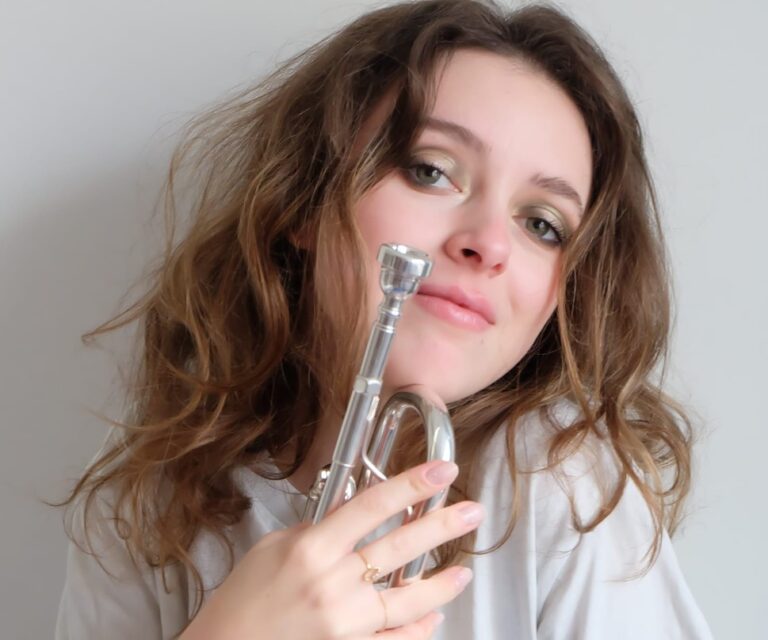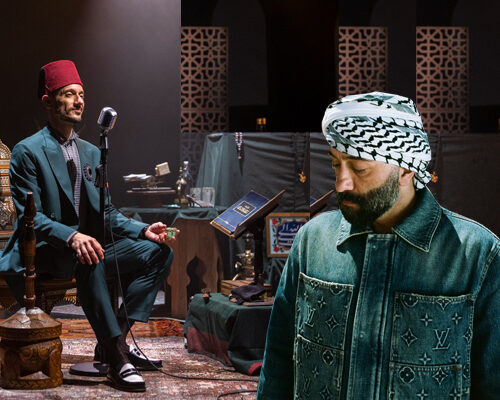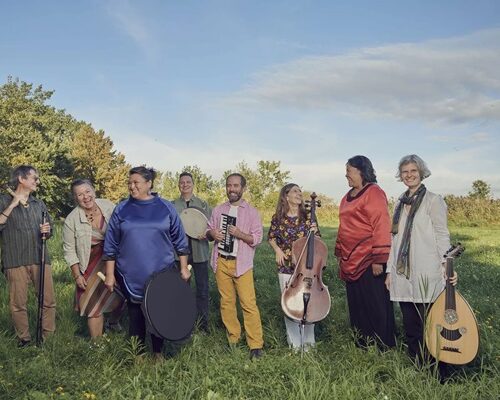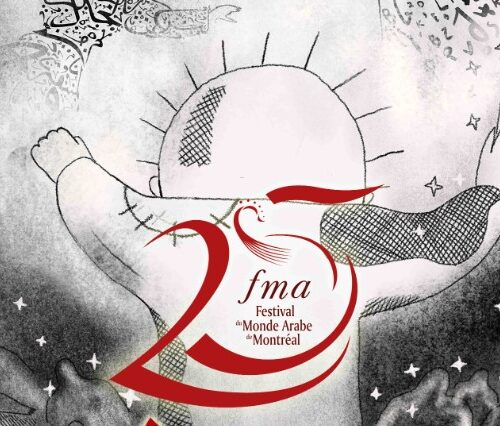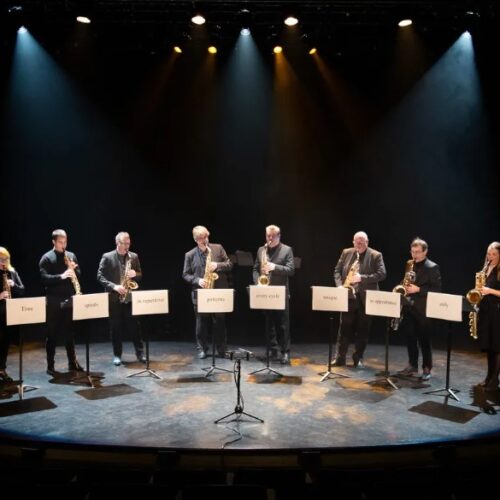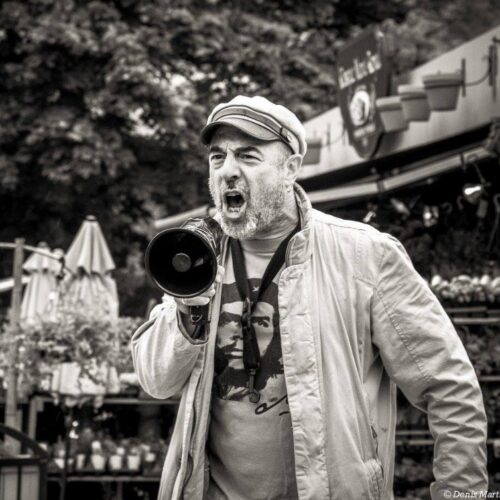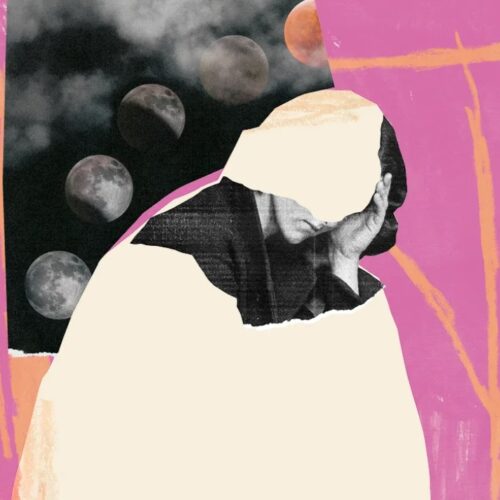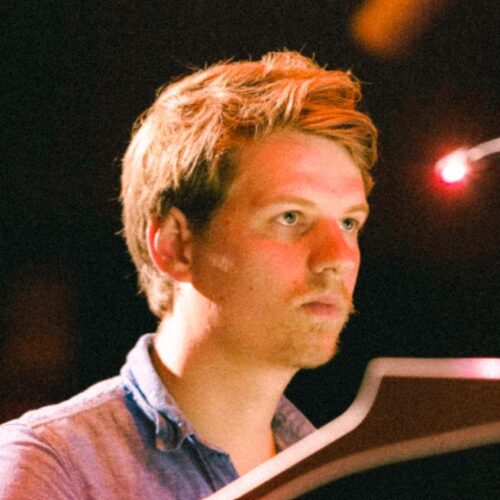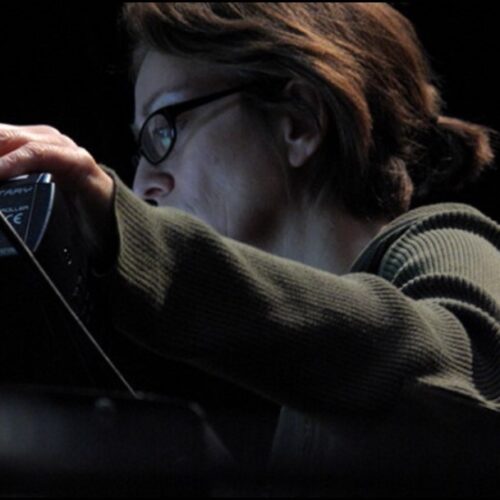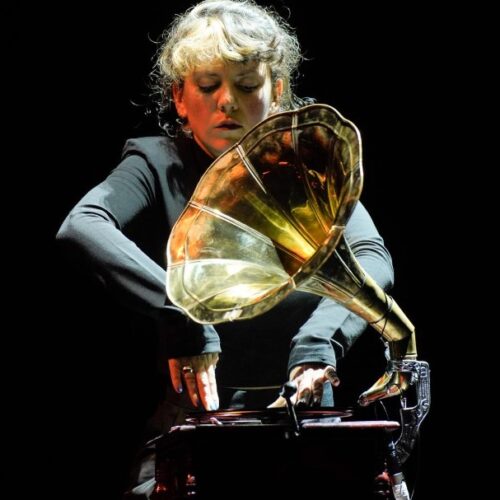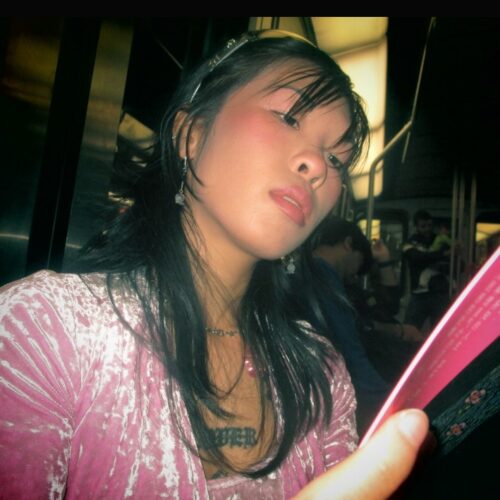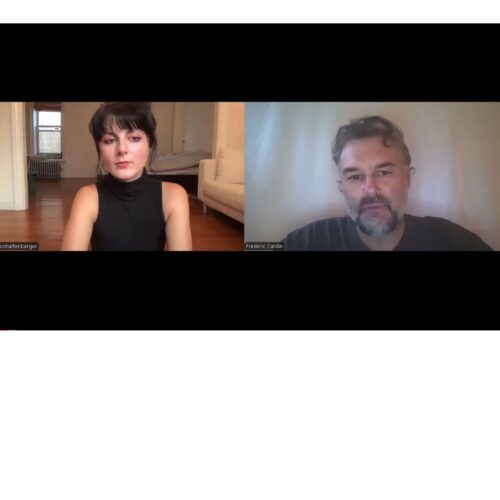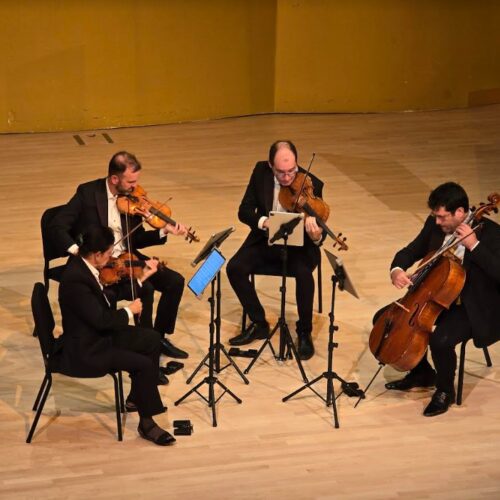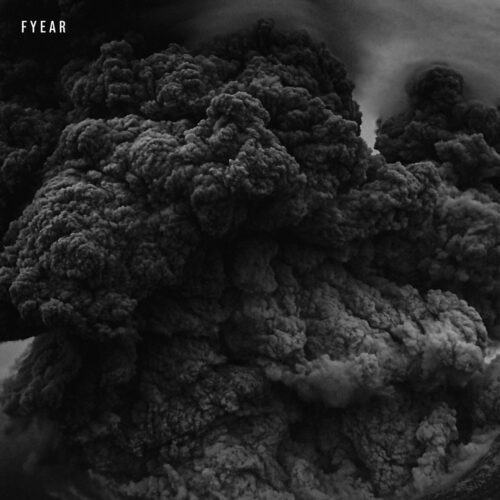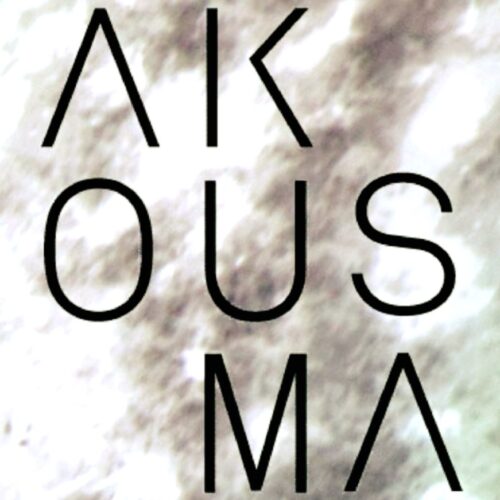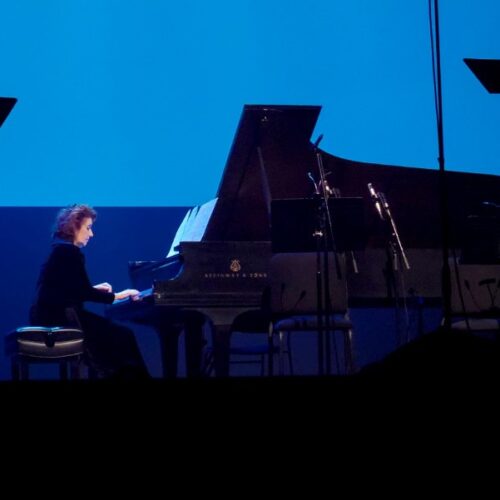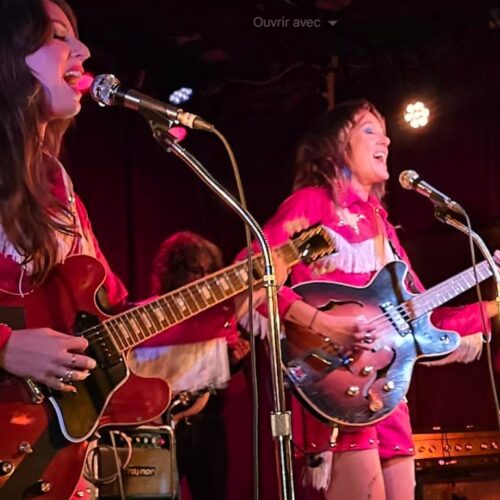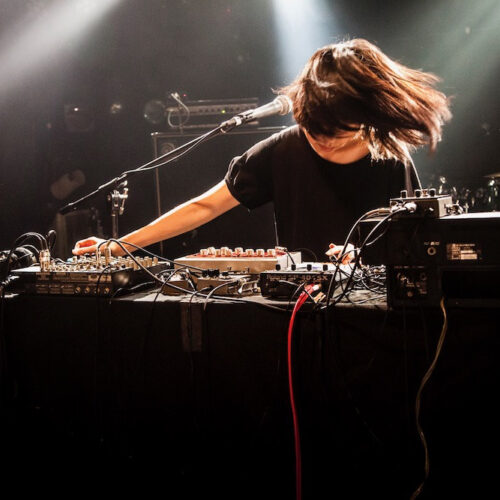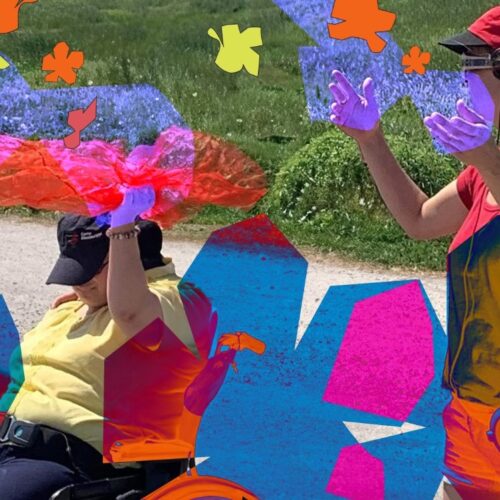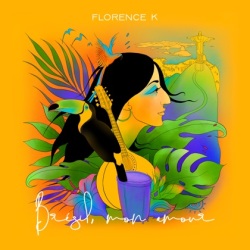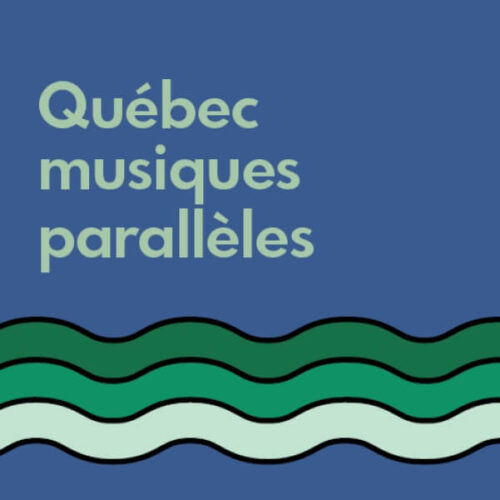Additional Information
Les Violons du Roy will join acclaimed French trumpet player Lucienne Renaudin-Vary in a program featuring the music of composer Joseph Haydn. Whether it’s a coincidence of the calendar or a well-thought-out marketing coup by the festival, on this July 14th, it’s under the theme of Haydn in Paris that the performers will gather at the Amphithéâtre Fernand-Lindsay. On the program: a selection of Haydn’s Paris symphonies, composed between 1785 and 1786, and the Trumpet Concerto in E-flat major. PAN M 360 spoke to Jonathan Cohen, musical director of Les Violons du Roy, about this concert.
PAN M 360 : What sparked the idea of this program around Haydn and his Parisian symphonies?
Jonathan Cohen : It’s a little bit our idea and a little bit of conversation with Renaud Loranger in figuring out a nice program for the summer. I’m so glad that we settled on this program. It’s rare that we can devote a whole program to Haydn. It’s a wonderful thing because normally in big symphony concerts, Haydn’s music is always the opening number, or the symphony serves as a warm-up for something else. It’s a real joy to put the spotlight on Haydn with a whole program devoted to him. It’s a real joy. A real triumph, in fact.
PAN M 360 : There are six symphonies in total in this ensemble of Parisian symphonies. You will be playing a selection of three. What are the particularities of these symphonies?
Jonathan Cohen : We wanted to make a nice selection and these are pieces we know well. In fact, the only piece I don’t think we’ve played before is Symphony No. 82 “The Bear”. There’s also a nice variety in the program. In Haydn’s music in general, there’s a bit of everything. He’s a master of contrast. There’s a lot of difference between the pieces and in the movements. For example, in “The Hen”, the slow movement is a little jewel, extremely precious and romantic, almost religious, whereas in “The Bear”, there’s a very martial character. And then you have these very fast final movements for which Haydn is famous, which require enormous technical ability on the part of the orchestra and a large number of musicians.
PAN M 360 : If I’m not mistaken, at the time, the size of the orchestra that is required was quite unusual, is it not?
Jonathan Cohen : In different places the fashion was different. When Mozart wrote his Paris Symphony for example, his father told him that he should make it very loud because the French liked very loud, big manifestations of royal music and make it very grand, because that’s what they loved. In a world, which was not connected by the Internet, there was much more diversity, I think, between styles in cities and nations and orchestras. And everyone really had a slightly different angle. I remember when I played a lot of Haydn when I was younger, I was in a group called the London Haydn Quartet. We did programs of only Haydn’s music, and we found it quite amazing using different editions of the time. Each edition, whether in England, Vienna or Paris. Some would be very legato with lots of slurs everywhere, some other editions would be the same music in the same period of time. They were changed, adapted and edited. These Parisian Symphonies were edited by the chevalier de Saint-Georges, who conducted their creation. They would have made it their own. It’s a nice thought that today we tend to think of “old music” a bit like a museum and what the composer wrote was a real fact of truth, when actually, at the time, people were adapting and making music really their own and was composed for particular people in different styles and much more flexible.
PAN M 360 : The unique concerto of the concert will put French trumpet player Lucienne Reanaudin-Vary on the foreground. Was it her choice to play this concerto, or was it a decision by you or Renaud Loranger to put that piece in the program?
Jonathan Cohen : It is a joint decision. Renaud wanted to invite Lucienne for a long time. She’s a very celebrated trumpet player from France and it will be my first time working with her. I’m really looking forward to it with this great concerto. It’s quite a late piece from Haydn that was first performed in 1800 when he was already an old man in his 60s. It was a time where the trumpet was really developing. It’s an interesting story because the trumpet didn’t used to have keys and valves. This was one of the first pieces, where Haydn is exploring the chromatic range in the middle register of the trumpet. It’s a mature piece of Haydn’s, a wonderful piece and maybe one of his most celebrated concertos.
PAN M 360 : What do you like about Haydn’s music?
Jonathan Cohen : He’s one of my favorite composers because I think he’s a man that has a lot of goodwill and good nature in life. He was also a great inventor. It’s hard to look back in history, but at the time when Haydn was writing, he was single-handedly creating a new type of music for orchestra by developing the symphony out of the concerto grosso. During his time composing for the Esterhazys he used the professional orchestra that he had at his disposal for experimenting. Like in a laboratory, he was inventing all the time. That’s why he’s known as the Father of the Symphony. He’s very pure; his music is positive, very creative and original, humorous and witty. He has an attachment to humanity. I think he really celebrates that in his music. That’s why I think it’s a nice program for summer as well. It is rejoicing.
PROGRAM
Haydn à Paris
Les Violons du Roy
Direction: Jonathan Cohen
Lucienne Renaudin-Vary, trompette
Les Violons du Roy will join acclaimed French trumpet player Lucienne Renaudin-Vary in a program featuring the music of composer Joseph Haydn. Whether it’s a coincidence of the calendar or a well-thought-out marketing coup by the festival, on this July 14th, it’s under the theme of Haydn in Paris that the performers will gather at the Amphithéâtre Fernand-Lindsay. On the program: a selection of Haydn’s Paris symphonies, composed between 1785 and 1786, and the Trumpet Concerto in E-flat major. PAN M 360 spoke to Jonathan Cohen, musical director of Les Violons du Roy, about this concert.
PAN M 360 : What sparked the idea of this program around Haydn and his Parisian symphonies?
Jonathan Cohen : It’s a little bit our idea and a little bit of conversation with Renaud Loranger in figuring out a nice program for the summer. I’m so glad that we settled on this program. It’s rare that we can devote a whole program to Haydn. It’s a wonderful thing because normally in big symphony concerts, Haydn’s music is always the opening number, or the symphony serves as a warm-up for something else. It’s a real joy to put the spotlight on Haydn with a whole program devoted to him. It’s a real joy. A real triumph, in fact.
PAN M 360 : There are six symphonies in total in this ensemble of Parisian symphonies. You will be playing a selection of three. What are the particularities of these symphonies?
Jonathan Cohen : We wanted to make a nice selection and these are pieces we know well. In fact, the only piece I don’t think we’ve played before is Symphony No. 82 “The Bear”. There’s also a nice variety in the program. In Haydn’s music in general, there’s a bit of everything. He’s a master of contrast. There’s a lot of difference between the pieces and in the movements. For example, in “The Hen”, the slow movement is a little jewel, extremely precious and romantic, almost religious, whereas in “The Bear”, there’s a very martial character. And then you have these very fast final movements for which Haydn is famous, which require enormous technical ability on the part of the orchestra and a large number of musicians.
PAN M 360 : If I’m not mistaken, at the time, the size of the orchestra that is required was quite unusual, is it not?
Jonathan Cohen : In different places the fashion was different. When Mozart wrote his Paris Symphony for example, his father told him that he should make it very loud because the French liked very loud, big manifestations of royal music and make it very grand, because that’s what they loved. In a world, which was not connected by the Internet, there was much more diversity, I think, between styles in cities and nations and orchestras. And everyone really had a slightly different angle. I remember when I played a lot of Haydn when I was younger, I was in a group called the London Haydn Quartet. We did programs of only Haydn’s music, and we found it quite amazing using different editions of the time. Each edition, whether in England, Vienna or Paris. Some would be very legato with lots of slurs everywhere, some other editions would be the same music in the same period of time. They were changed, adapted and edited. These Parisian Symphonies were edited by the chevalier de Saint-Georges, who conducted their creation. They would have made it their own. It’s a nice thought that today we tend to think of “old music” a bit like a museum and what the composer wrote was a real fact of truth, when actually, at the time, people were adapting and making music really their own and was composed for particular people in different styles and much more flexible.
PAN M 360 : The unique concerto of the concert will put French trumpet player Lucienne Reanaudin-Vary on the foreground. Was it her choice to play this concerto, or was it a decision by you or Renaud Loranger to put that piece in the program?
Jonathan Cohen : It is a joint decision. Renaud wanted to invite Lucienne for a long time. She’s a very celebrated trumpet player from France and it will be my first time working with her. I’m really looking forward to it with this great concerto. It’s quite a late piece from Haydn that was first performed in 1800 when he was already an old man in his 60s. It was a time where the trumpet was really developing. It’s an interesting story because the trumpet didn’t used to have keys and valves. This was one of the first pieces, where Haydn is exploring the chromatic range in the middle register of the trumpet. It’s a mature piece of Haydn’s, a wonderful piece and maybe one of his most celebrated concertos.
PAN M 360 : What do you like about Haydn’s music?
Jonathan Cohen : He’s one of my favorite composers because I think he’s a man that has a lot of goodwill and good nature in life. He was also a great inventor. It’s hard to look back in history, but at the time when Haydn was writing, he was single-handedly creating a new type of music for orchestra by developing the symphony out of the concerto grosso. During his time composing for the Esterhazys he used the professional orchestra that he had at his disposal for experimenting. Like in a laboratory, he was inventing all the time. That’s why he’s known as the Father of the Symphony. He’s very pure; his music is positive, very creative and original, humorous and witty. He has an attachment to humanity. I think he really celebrates that in his music. That’s why I think it’s a nice program for summer as well. It is rejoicing.
PROGRAMME
Haydn à Paris
Les Violons du Roy
Direction: Jonathan Cohen
Lucienne Renaudin-Vary, trumpet
Symphony No. 83 in G minor, Hob. I : 83 “The Hen
Symphony no. 85 in B flat major, Hob. I: 85 “The Queen
Trumpet Concerto in E-flat major, Hob. VIIe/1
Symphony No. 82 in C major, Hob. I: 82 “The Bear
AU FESTIVAL DE LANAUDIÈRE, LES VIOLONS DU ROY PRÉSENTENT LE PROGRAMME HAYDN À PARIS, CE VENDREDI 14 JUILLET, 20H, AMPHITHÉÂTRE FERNAND LINDSAY
Achetez vos billets ici
Achetez vos billets ici
